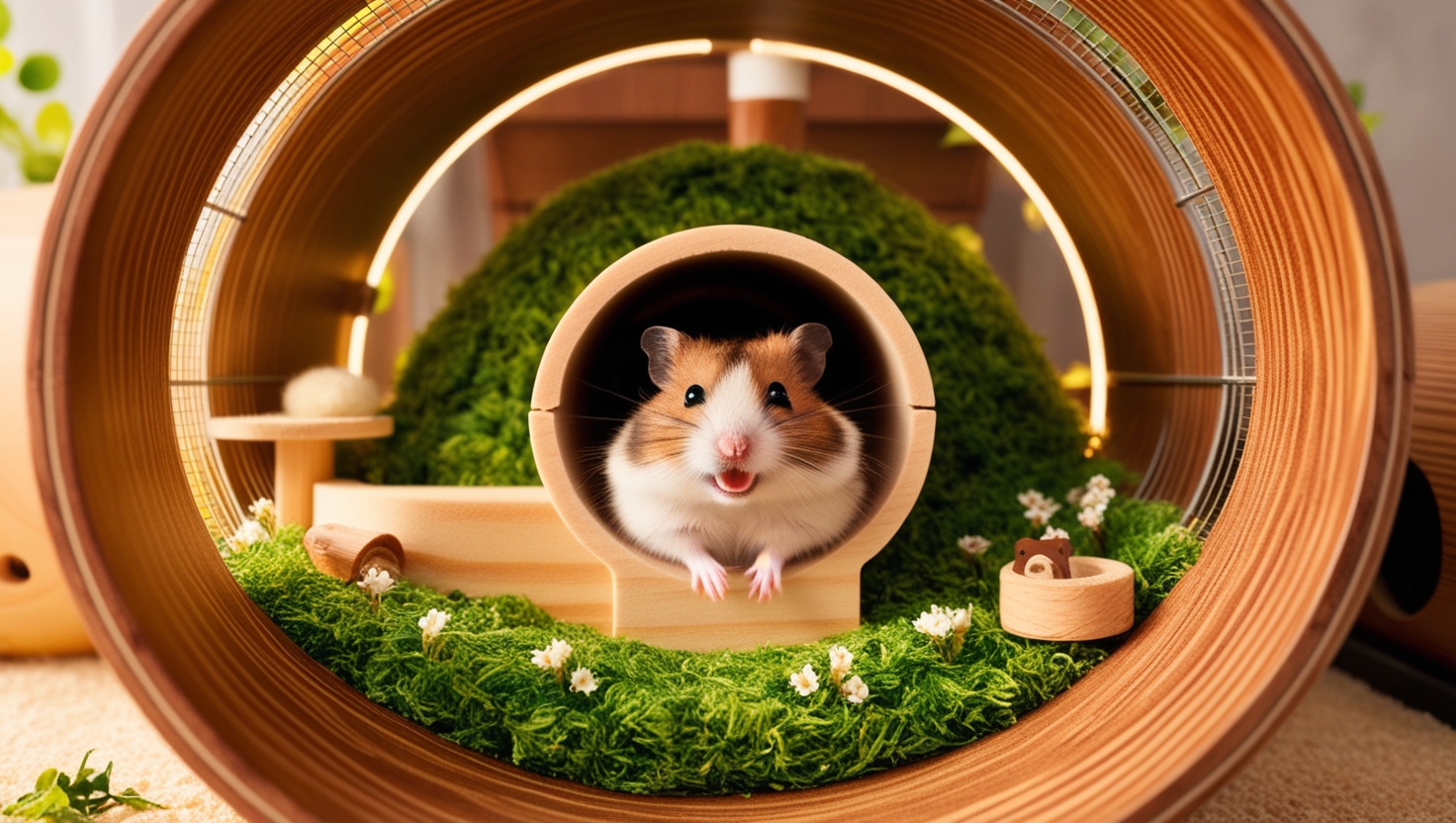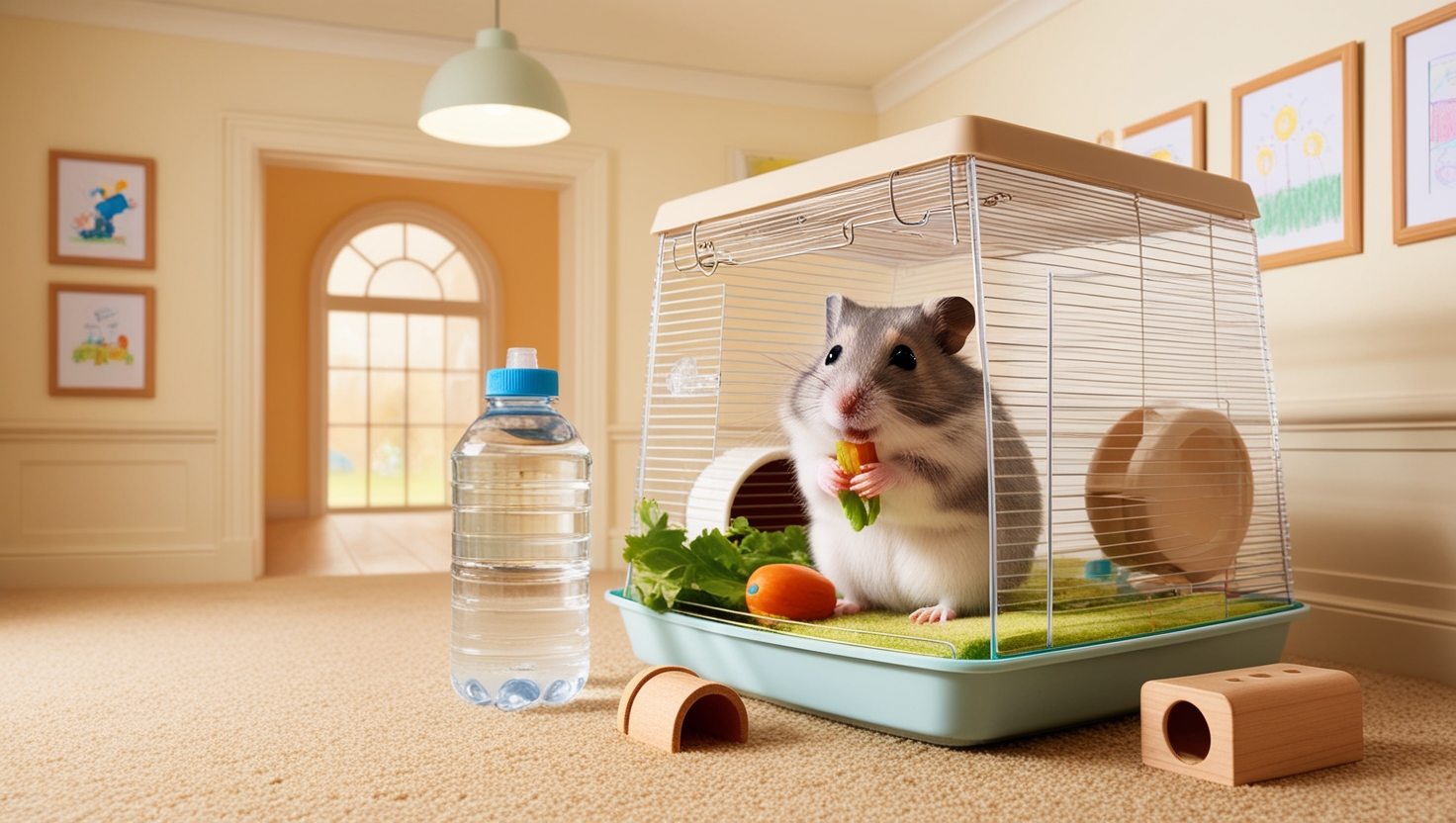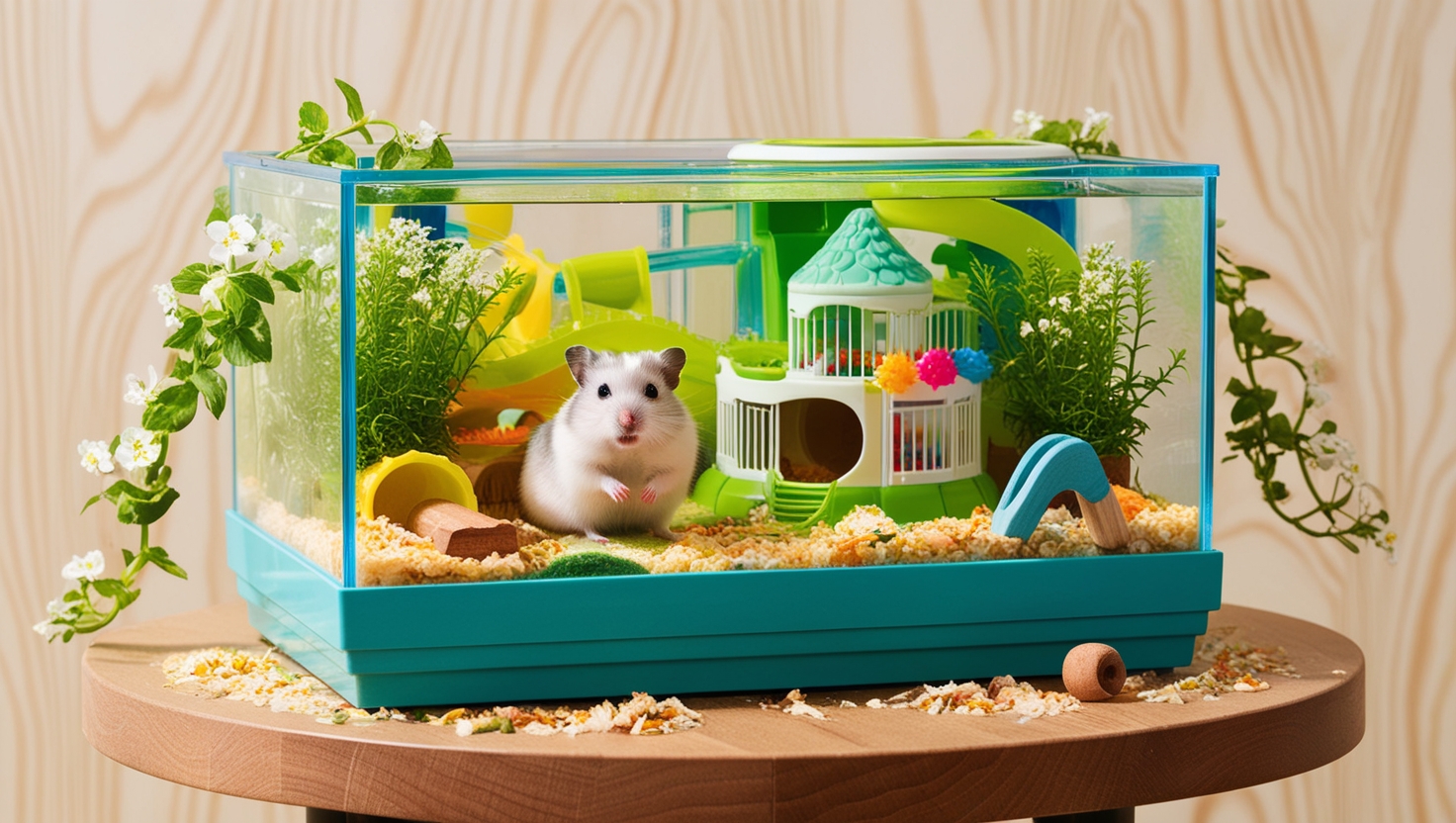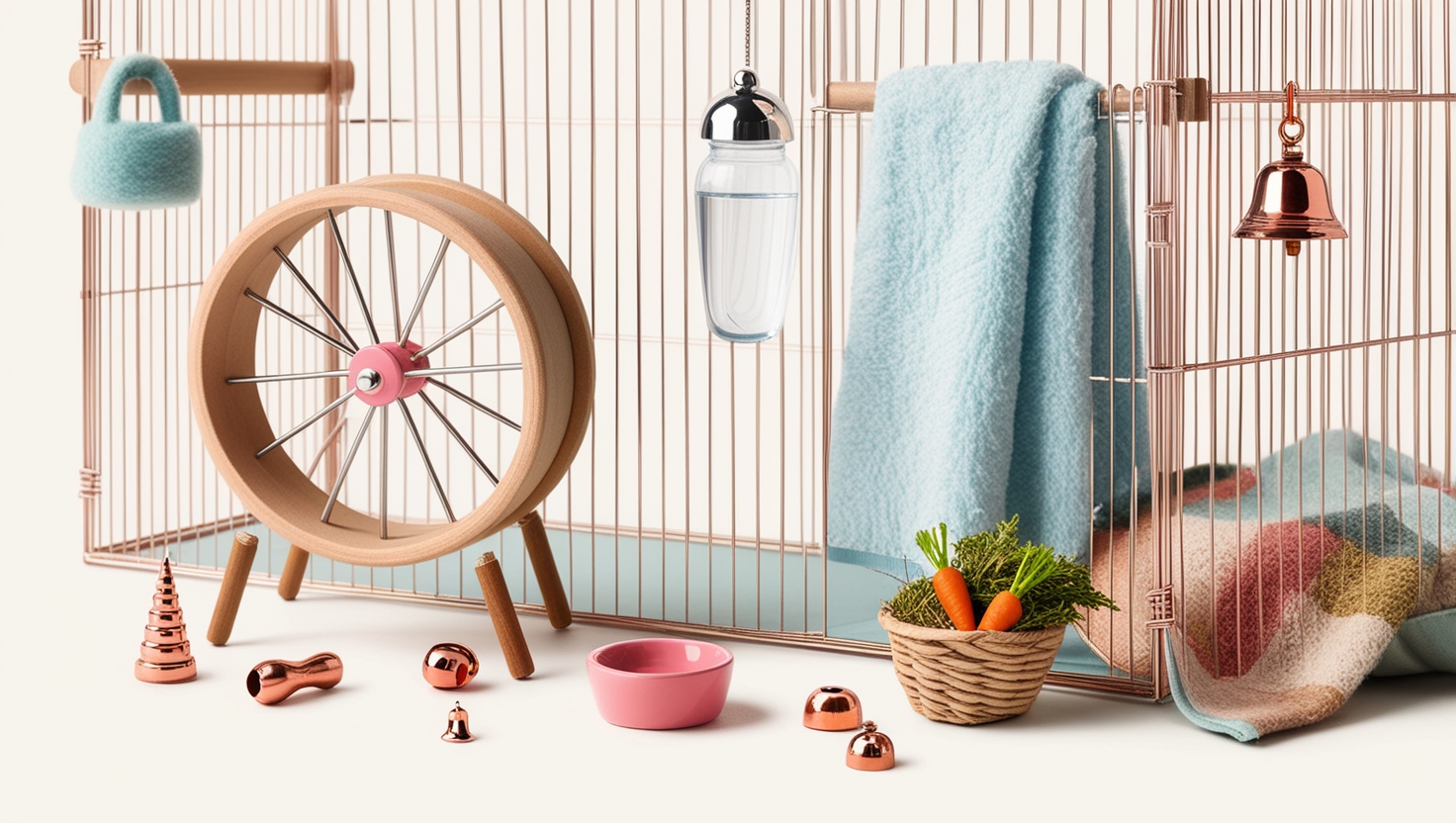So, you’re thinking about welcoming a hamster into your home? That’s fantastic! These little fluffballs are bundles of energy and make amazing companions. But before you rush out and buy the cutest hamster you can find, let’s talk about setting up their dream home – their cage.
As a dedicated hamster parent and fosterer for years, I’ve seen firsthand the impact the right cage can have on a hamster’s happiness and well-being. Trust me, a cramped, boring cage can turn even the most easygoing hamster into a tiny escape artist!
Bigger is Always Better: Debunking the “Small Cage” Myth
You might have heard that hamsters don’t need much space. Unfortunately, that’s a common misconception that simply isn’t true. While hamsters might be small, they are incredibly active creatures who love to explore, burrow, and play.
The Humane Society recommends a minimum cage size of 24 inches long and 12 inches wide for a hamster. However, many experienced hamster owners, myself included, strongly advise going even bigger than that.
Think about it – would you be happy confined to a tiny room with little space to move around? Probably not! Your hamster deserves a spacious and stimulating environment to thrive.
Why Cage Size Matters: The Benefits of a Roomy Hamster Home
Here’s why opting for a larger cage is crucial:
- Reduced Boredom and Stress: A spacious cage allows your hamster to mimic their natural behaviors, reducing boredom and stress, which can lead to bar-chewing and other unwanted behaviors.
- Increased Activity and Exercise: More space means more room to run, play, and explore, leading to a happier and healthier hamster.
- Designated Areas for Different Activities: A larger cage allows you to create distinct zones for sleeping, eating, playing, and using the bathroom, promoting good hygiene and mental well-being.
Choosing the Right Cage Type: What to Look For
Now that you understand the importance of cage size, let’s discuss different cage types:
- Glass Tanks: These are a popular choice as they offer excellent visibility, good ventilation, and are difficult for hamsters to escape from.
- Wire Cages: Wire cages provide good ventilation but can be dangerous if the spacing between the bars is too wide. Ensure the spacing is no more than 1/2 inch for dwarf hamsters and 5/8 inch for Syrian hamsters.
- Plastic Modular Cages: These cages offer lots of fun tubes and compartments but can be difficult to clean and don’t always provide adequate ventilation.
Essential Cage Accessories: Creating a Hamster Paradise
Choosing the right cage is just the first step. Here are some must-have accessories:
- Solid-Surface Wheel: Hamsters love to run, so a sturdy wheel is essential. Make sure it’s large enough (at least 8 inches for Syrians, 6 inches for dwarfs) and has a solid running surface to prevent injuries.
- Bedding: Provide a thick layer of bedding (at least 6 inches deep) for burrowing and nesting. Aspen shavings are a safe and absorbent option.
- Hideouts: Hamsters need a safe space to retreat to when they feel stressed or want to sleep. Provide at least one hideout, big enough for them to comfortably turn around in.
- Food Dish and Water Bottle: Choose a heavy ceramic dish that won’t tip over easily and a water bottle with a fresh, leak-proof sipper.
A Happy Hamster is a Well-Housed Hamster
Remember, your hamster’s cage is their entire world. By providing them with a spacious, stimulating, and safe environment, you’re setting them up for a long, happy, and healthy life. Don’t underestimate the importance of cage size and enrichment. Your hamster will thank you for it!







